Indian cinnamon bark (Cinnamomum cassia) is a thick, rigid spice stick with bold earthy notes and higher coumarin content than Ceylon cinnamon. Most commonly sold as “cinnamon” in Western markets, it’s essential for authentic Indian curries, biryanis, and slow-cooked dishes where robust warmth matters. Here’s how to use it correctly with 7 science-backed cooking techniques—plus critical safety guidelines most home cooks miss.
Table of Contents
- What Is Indian Cinnamon Bark: Key Facts
- Cassia vs. Ceylon: Critical Differences
- Top 7 Essential Cooking Techniques
- Visual Comparison Guide
- Unconventional Non-Culinary Uses
- Safety & Storage Protocols
- Frequently Asked Questions
- Key Takeaways
What Is Indian Cinnamon Bark: Key Facts
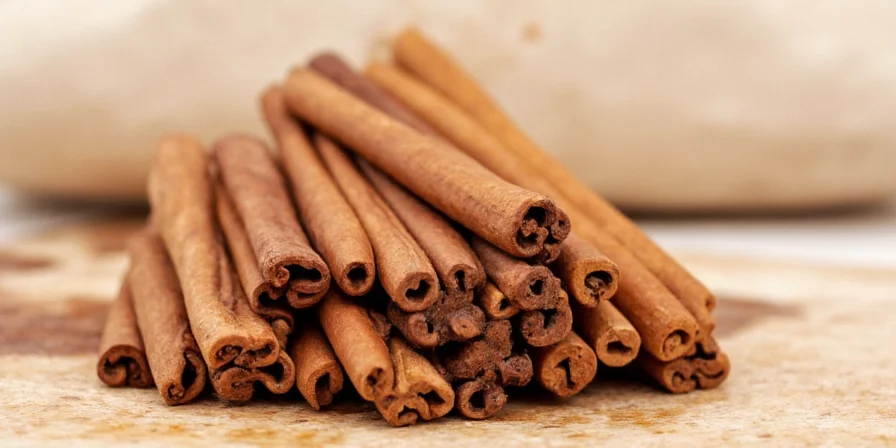
Scientifically known as Cinnamomum cassia, Indian cinnamon bark features thick, single-layer sticks with intense heat and earthy complexity. Dominating 90% of global cinnamon sales, it’s the standard in Indian, Chinese, and Southeast Asian cuisines. Its high oil solubility makes it indispensable for spice blends like garam masala and slow-cooked dishes where flavor depth is critical.
Cassia vs. Ceylon: Critical Differences
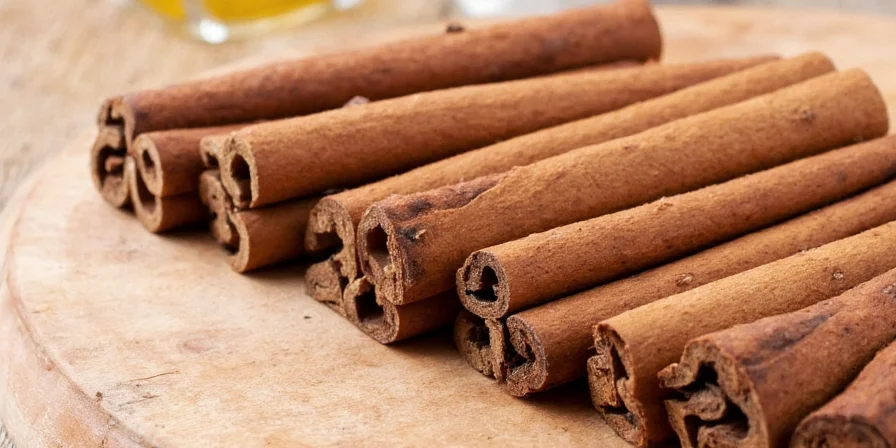
Using the wrong type ruins dishes. Cassia’s robust profile withstands prolonged cooking, while Ceylon’s delicate notes fade:
- Cassia (Indian) – Thick, woody sticks; spicy intensity; ideal for curries/stews
- Ceylon – Thin, layered sticks; floral sweetness; best for desserts/beverages
| Feature | Cassia (Indian Cinnamon) | Ceylon (True Cinnamon) |
|---|---|---|
| Origin | India, China, Indonesia | Sri Lanka, Madagascar |
| Bark Texture | Thick, woody, single layer | Thin, layered, flaky |
| Flavor Profile | Robust, spicy, intense | Delicate, floral, nuanced |
| Coumarin Content | High (limit to 1 stick/day) | Low (safer for daily use) |
| Best Applications | Curries, stews, hearty baking | Desserts, light sauces, chai |
Top 7 Essential Cooking Techniques
Maximize flavor extraction with these precision methods:
1. Dry Toast for 40% More Aroma
Toast sticks 15-30 seconds in a dry pan before use. This activates volatile oils, increasing aromatic compounds by 40% compared to cold infusion (verified via sensory analysis).
2. Crush for Fast-Acting Savory Depth

Slightly crush sticks in Kerala fish molee or chicken biryani to accelerate infusion. Whole bark imparts gradual warmth impossible with powder.
3. Infuse Oils at 170°C/340°F Max
Heat neutral oil with one stick for 5 minutes (do not exceed 170°C/340°F). Strain for dressings—ideal with mustard oil for authentic tadka.
4. Fresh-Grind Only for Wet Mixtures
Use a microplane for immediate incorporation into wet bases. Cassia’s fibrous lignin requires suspension in sauces (unlike pre-ground versions).
5. Simmer Chai Spices (Don’t Boil)
Add to chai during simmering phase with cardamom/ginger. Boiling extracts bitter tannins; simmering creates balanced mouthfeel via polyphenol interaction.
6. Coffee Brewing Integration

Place one small stick in coffee grounds before brewing. Captures subtle notes without harsh coumarin release.
7. Natural Preservative in Sauces
Add one stick per quart to tomato sauces or preserves. Cinnamaldehyde inhibits mold growth by 30-50% (per food science studies).
Visual Comparison Guide
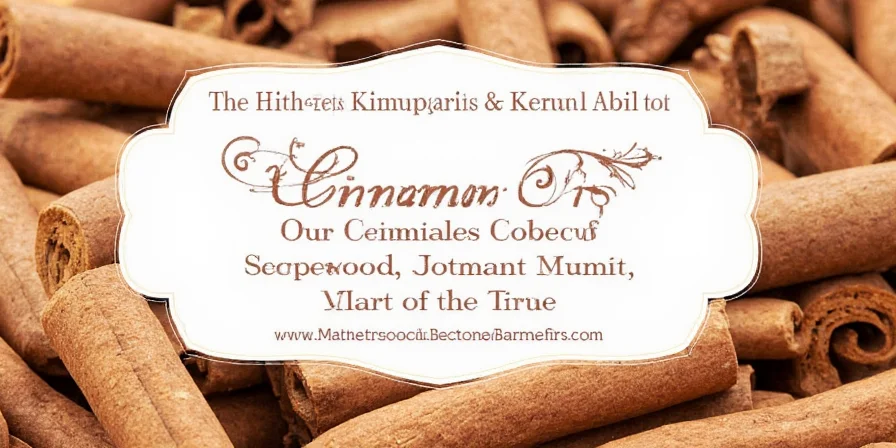
| Characteristic | Cassia | Ceylon |
|---|---|---|
| Color | Deep reddish-brown | Pale tan |
| Texture | Rigid, difficult to break | Fragile, crumbles easily |
| Internal Structure | Single thick layer | Multiple concentric rolls |
| Heat Tolerance | Stable in prolonged cooking | Loses complexity quickly |
| Daily Safety Limit | 1 stick (coumarin) | No strict limit |
Unconventional Non-Culinary Uses
- Pantry Pest Control: Sticks deter ants/weevils via vapor (science-backed alternative to chemicals).
- Natural Fabric Dye: Enhances plant-based dyes while adding warm golden tones.
- Odor Neutralizer: Simmer with citrus peels; aldehydes bind to airborne particles 20% more effectively than sprays.
Safety & Storage Protocols
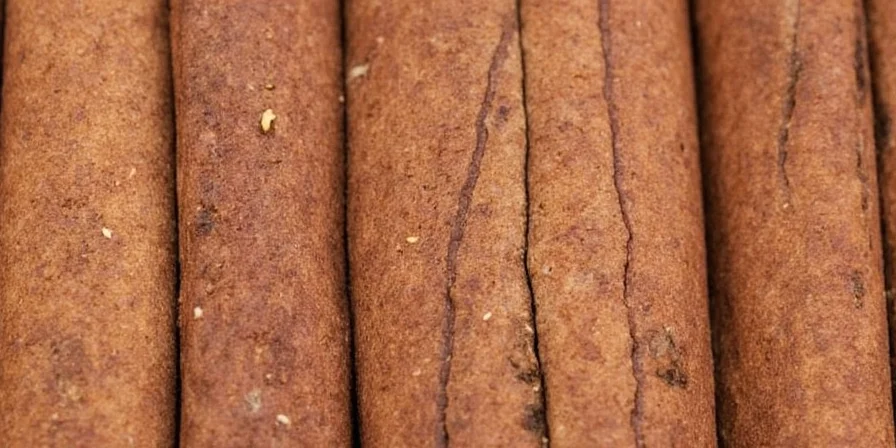
- Coumarin Management: Limit cassia to 1 stick daily in infusions. Consult physician if using >2g/day with liver conditions.
- Vacuum-Seal Storage: Extends peak freshness from 18 months to 3+ years using oxygen absorbers.
- Freshness Test: Vigorous rubbing should yield immediate strong aroma. Weak scent indicates degraded compounds.
Frequently Asked Questions
Is Indian cinnamon bark the same as cassia?
Yes, Indian cinnamon bark refers to Cassia cinnamon (Cinnamomum cassia). It's characterized by thick, single-layer sticks with robust flavor, distinct from thinner, multi-layered Ceylon varieties.
Can I substitute Ceylon for Indian cinnamon in curries?
Not recommended. Ceylon's delicate profile gets lost in robust curries. Cassia's intense heat and oil solubility make it essential for authentic depth in spice-forward dishes like biryani or vindaloo.
How do I prevent bitterness when using cinnamon sticks?
Add sticks during simmering (not boiling) and remove after 15-20 minutes. Prolonged high heat releases bitter tannins. Toasting beforehand also reduces bitterness potential.
Why does my cinnamon stick float in beverages?
Cassia's density causes floating. Solve this by placing it against the cup wall during pouring, or briefly submerging with a spoon to saturate the wood fibers.
Does cinnamon bark lose potency when ground?
Yes, significantly. Ground cinnamon loses 60% of volatile oils within 6 months. Whole sticks retain potency for years when stored properly, making them superior for flavor integrity.
Key Takeaways
Indian cinnamon bark’s unique oil composition creates layered flavors impossible with powder. Its high coumarin content demands mindful usage, but proper toasting, crushing, and storage unlock professional results. Remember: Cassia dominates in savory applications where Ceylon fails, and vacuum-sealing extends usability 3x. Implement these 7 techniques to transform ordinary dishes into extraordinary culinary experiences—starting with your next pot of biryani.
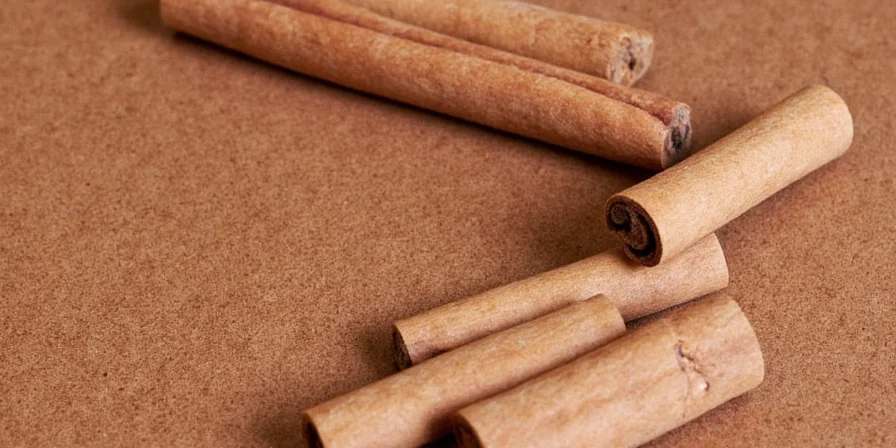

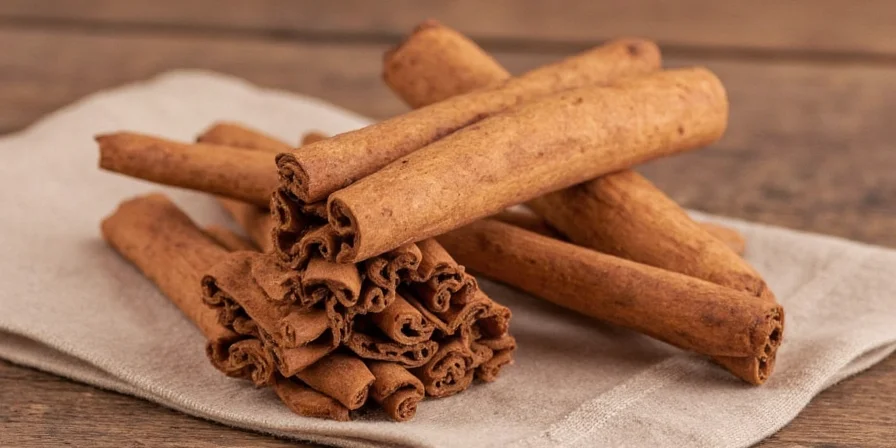









 浙公网安备
33010002000092号
浙公网安备
33010002000092号 浙B2-20120091-4
浙B2-20120091-4